Brazilian Spice Secrets: 7 Flavors That’ll Make Your Taste Buds Samba!
Welcome to a flavor-packed journey through the heart of South America, where sunshine, rhythm, and spices collide in a colorful explosion known as the food culture of Brazil. Whether you're dancing at Carnival or lounging on Copacabana Beach, one thing’s for sure — you can’t truly experience Brazil without tasting it.
In this article, we’re diving deep into the aromatic world of Brazilian spices. We'll break down seven must-know spice tips, compare regional flavor profiles, and serve up some serious culinary knowledge — all while keeping things fun and flavorful. So grab your apron, loosen your belt, and let’s spice things up the Brazilian way!
Table of Contents
- Why Spices Matter in Brazilian Cuisine
- Top 7 Brazilian Spices You Need to Know
- Regional Spice Breakdown: From North to South
- How to Use Brazilian Spices Like a Local Chef
- Spice Pairing Table & Flavor Map
- Serving Up Authentic Brazilian Dishes at Home
- Common Mistakes (and How to Avoid Them)
- Conclusion: Let Your Kitchen Samba with Brazilian Flavors
Why Spices Matter in Brazilian Cuisine
Brazil is a land of contrasts — from dense Amazon rainforests to bustling metropolises like São Paulo, the country’s cuisine is as diverse as its geography. At the heart of Brazilian cooking lies a rich tapestry of natural spices, herbs, and seasonings that reflect indigenous traditions, Portuguese colonization, African influences, and waves of European and Middle Eastern immigrants.
Unlike more rigidly structured cuisines, Brazilian food thrives on simplicity and authenticity. It’s less about precise measurements and more about bold flavor combinations that highlight the natural richness of local ingredients. And when it comes to adding depth and character to dishes, nothing does it better than the right mix of spices.
Top 7 Brazilian Spices You Need to Know
Ready to bring a little bit of Brazil into your kitchen? Here are seven spices and flavor enhancers that are central to the food culture of Brazil:
- Dendê Oil (Palm Oil): A bright orange-red oil used in Bahia-style dishes. Adds richness and color.
- Coriander (Coentro): The go-to herb for freshening up stews, feijoada, and seafood.
- Cumin: Lends an earthy warmth to meats, beans, and rice dishes.
- Parsley (Salsinha): Often used alongside coriander for freshness and balance.
- Tapered Chili Peppers (Malagueta): Small but mighty — brings fiery heat to sauces and condiments.
- Annatto (Urchu Seeds): Used for natural coloring and mild nutty flavor in stews and rice.
- Lemon Zest/Lime Juice: Not technically a spice, but essential for balancing heavy meats and rich oils.
Regional Spice Breakdown: From North to South
Brazil’s vast size means there’s no single “Brazilian” flavor profile. Each region has its own unique approach to using spices. Let’s take a quick tour:
| Region | Main Ingredients | Signature Spices/Herbs | Popular Dish Example |
|---|---|---|---|
| Northeast (Bahia) | Seafood, coconut, peanuts | Dendê oil, malagueta pepper, coriander | Mocotó, Acarajé |
| Southeast (Rio de Janeiro, São Paulo) | Beans, beef, pork | Cumin, garlic, bay leaf | Feijoada |
| South (Paraná, Santa Catarina) | Barbecue meats, polenta | Black pepper, oregano, chimichurri-like sauces | Churrasco |
| North (Amazonas, Pará) | Fish, hearts of palm, tropical fruits | Annatto, jambu, cilantro | Tucupi sauce, pato no tucupi |
| Central-West (Brasília, Goiás) | Peanuts, beans, fish | Pequi fruit, coriander, onion | Pato no Tucupi (Goiás version) |
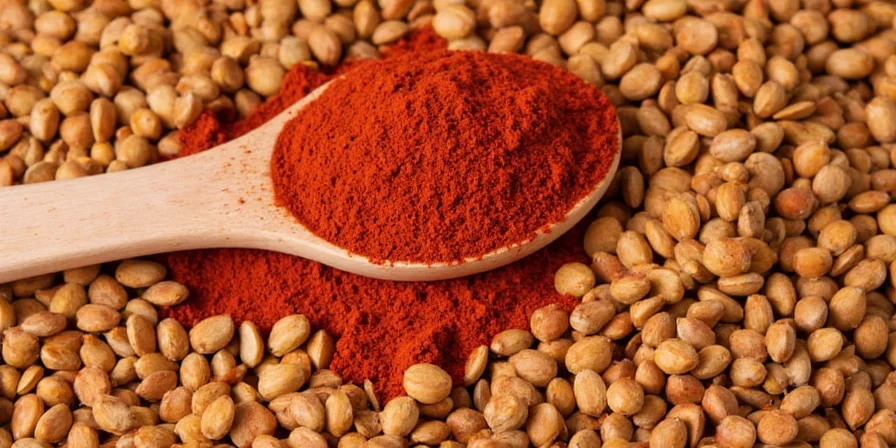
How to Use Brazilian Spices Like a Local Chef
If you want to capture the soul of Brazilian cooking, it’s not just about having the right spices — it’s about how you use them. Here are five pro-level techniques:
- Toast Your Spices First: Especially cumin and annatto seeds. Toasting releases more flavor and aroma.
- Make Your Own Dendê Butter: Mix softened butter with palm oil and chopped chilies for an instant flavor boost.
- Infuse Oils with Herbs: Heat neutral oil with crushed coriander and parsley stems for a fragrant base.
- Add Fresh Herbs at the End: Chopped parsley and cilantro should be added just before serving to preserve brightness.
- Balance Heat and Fat: If you use spicy peppers, always have something creamy or acidic nearby (like lime or coconut) to balance the heat.
Spice Pairing Table & Flavor Map
Want to level up your flavor game? Check out this handy guide to matching common Brazilian ingredients with complementary spices:
| Base Ingredient | Best Spice Matches | Flavor Effect |
|---|---|---|
| Black Beans | Cumin, garlic, bay leaf | Deep, earthy umami |
| Beef | Black pepper, paprika, oregano | Rich, smoky warmth |
| Seafood | Dendê oil, lemon zest, malagueta | Bold, tangy heat |
| Chicken | Coriander, annatto, onions | Fragrant and golden |
| Vegetables | Parsley, garlic, chili | Fresh and zesty |
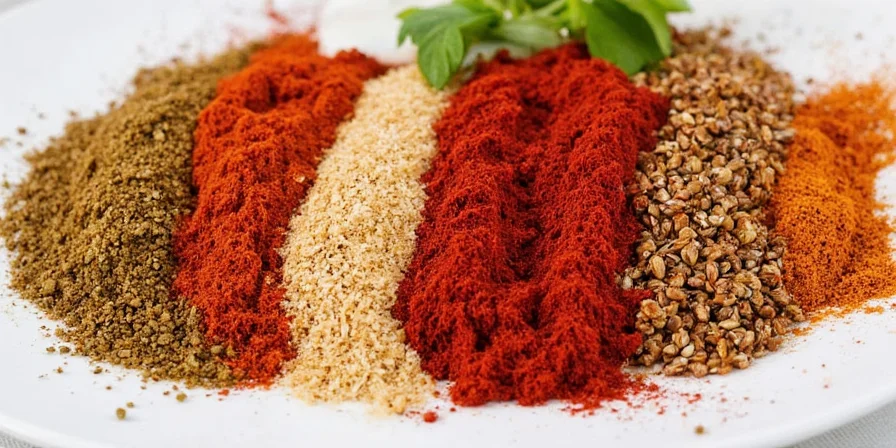
Serving Up Authentic Brazilian Dishes at Home
Now that you’ve got the spice basics down, let’s talk recipes! Here are three Brazilian classics you can make with minimal fuss but maximum flavor:
- Feijoada: This hearty black bean stew starts with well-seasoned pork shoulder and beef, slow-cooked with garlic, cumin, bay leaf, and plenty of time. Serve with rice, collard greens, and orange slices to cut through the richness.
- Acarajé: These crispy, deep-fried black-eyed pea fritters are packed with salt, onions, and dendê oil. Stuff them with dried shrimp or spicy meat for a true Bahian treat.
- Pato no Tucupi: A stunning Amazonian dish made with duck marinated in garlic, coriander, and black pepper, then simmered in a bright yellow tucupi sauce made from fermented manioc juice and seasoned with jambu leaves.

Common Mistakes (and How to Avoid Them)
Even the most passionate cooks can trip up when working with unfamiliar spices. Don’t let these common mistakes ruin your Brazilian feast:
- Overusing Dendê Oil: A little goes a long way. Too much makes everything taste oily and unbalanced.
- Burning the Spices: Toasting is good, but burning ruins the flavor. Keep the heat low and stir constantly.
- Forgetting Acid: Lemon or lime juice adds brightness and cuts through richness. Always taste and adjust before serving.
- Using Dried Herbs Instead of Fresh: Fresh herbs like coriander and parsley are crucial for authentic flavor. Dry versions just don’t compare.
- Ignoring Regional Differences: Not every spice works in every dish. Match your seasoning to the region the dish comes from.
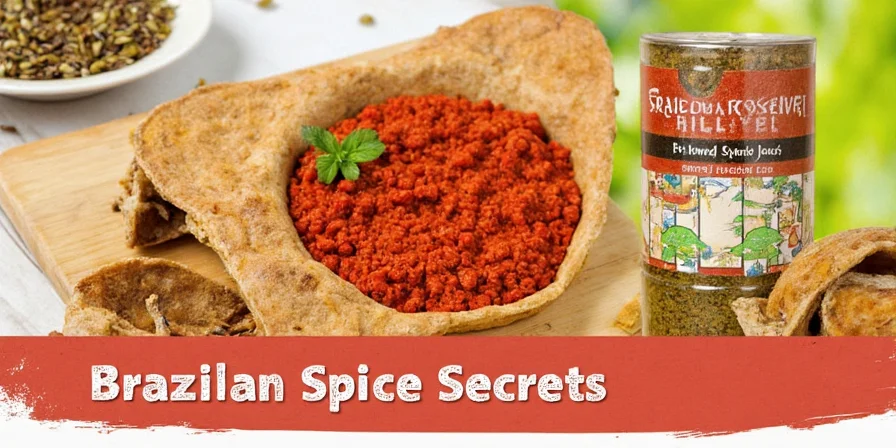
Conclusion: Let Your Kitchen Samba with Brazilian Flavors
Brazil may be famous for its beaches, parties, and football, but its greatest export might just be its vibrant, bold, and joyous cuisine. The food culture of Brazil isn’t just about eating — it’s about celebrating life with every bite. And at the center of that celebration are the spices that give each dish its personality.
From the fiery dendê oil of Bahia to the rustic cumin-laced beans of São Paulo, each spice tells a story of migration, survival, adaptation, and joy. Now that you’ve got the tools, the techniques, and the inspiration, it’s time to turn up the heat and let your kitchen samba with Brazilian flavors!
So go ahead — experiment, taste, and embrace the messiness. After all, the best Brazilian meals are the ones shared with friends, served with laughter, and seasoned with love.
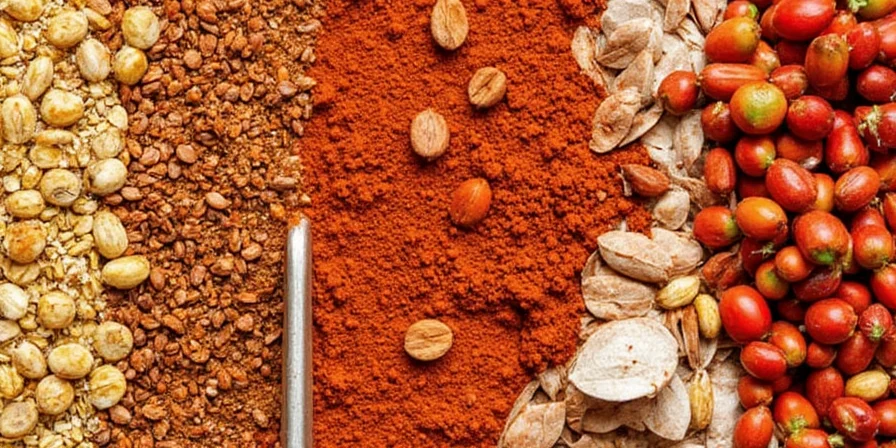

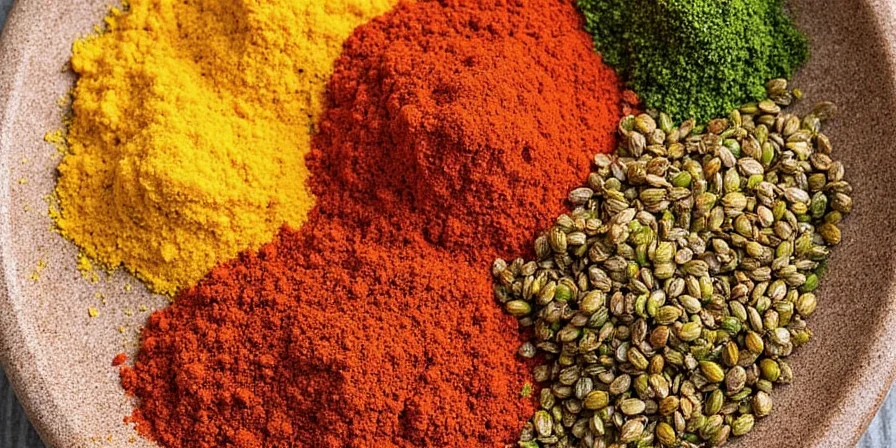









 浙公网安备
33010002000092号
浙公网安备
33010002000092号 浙B2-20120091-4
浙B2-20120091-4